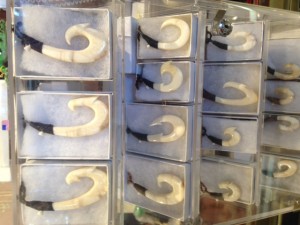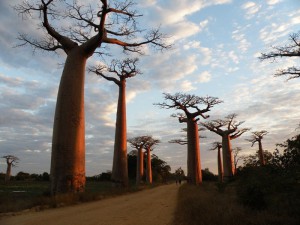Context: J is a 21 year old Filipino American college student who grew up in California, who was regularly visited by her Grandparents who shared stories from their childhood. The piece was collected during a discord audio call.
Intv: “Hey! I was wondering if you wouldn’t mind telling me the story that your grandmother told you about.”
J: “ Yeah sure! So There’s a story my grandma used to tell, she heard while growing up in cambodia! Just a little outside of the capital of Phnom penh. It’s about the origin of tiger stripes and why ox have no upper front teeth.”
Intv: “Okay sounds great! I’d love to hear it!”
J: “So basically this tiger was stalking these oxen getting beaten around by a man while working the farm fields, full of curiosity, the tiger approached the oxen after the man walks away and asks “my ox brethren, why do you let the weak man beat away at you and make you work for him when you could easily kick him down and be free like me?” and the ox replies “it’s because the man has intelligence that makes us listen to him” the tiger then asks, “what is intelligence?” and the ox replies ‘go ask him yourself’ which the tiger does but approaches the human arrogantly because the tiger thinks he is the most powerful being in the world and demands that the human man show the tiger what intelligence was or the tiger would maul the human. the human responds ‘ah, i left my intelligence at home so i would have to go retrieve it but i don’t trust you around my livestock’ and while the tiger insisted that he’d wait for the man, they came to an agreement where the man would tie up the tiger to prevent him from potentially attacking his oxen. However, after tying the tiger very tightly to a tree the human placed a bunch of leaves and branches on the tiger and lit him on fire. The oxen began to laugh at the tiger while pointing at him with their front legs and they laughed so hard that they fell on their front two teeth and broke them and they never grew back. while the tiger screamed in agony until the rope tying him to the tree burned away and he fled back into the forest, with the black stripes being his burned flesh for forever”
Analysis: As a first time listener to this story the main thing that stands out to me is the human animal relations. Humans are depicted at the top of the food chain, not because of power but because of our wit. The unnamed human in this story even acts like a common trickster character, by pretending intelligence is a physical object. Also through the oxen we see another aspect of human capability and intelligence, through just how the oxen says “intelligence makes us listen to him.”


